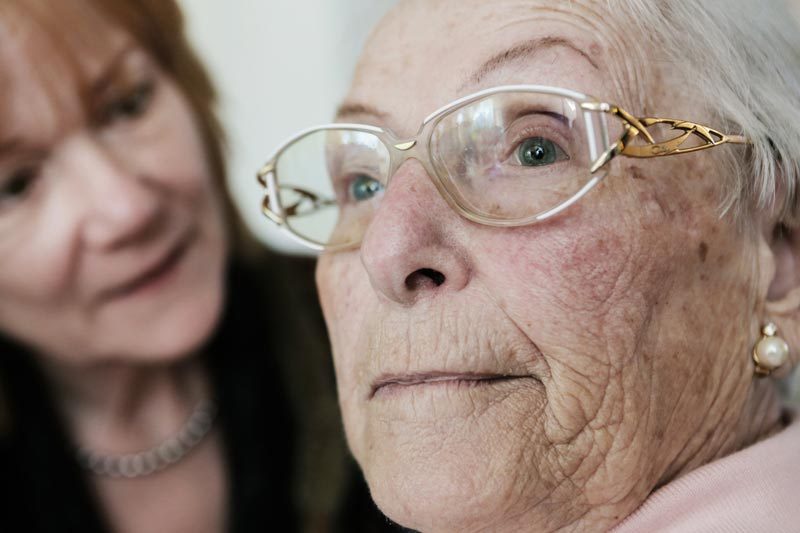Minimizing the time between the onset of a stroke and the start of stroke treatment is critical for surviving the brain attack and minimizing the resulting brain injury. The key is to immediately get to the emergency room for a brain scan to detect which type of stroke has hit. If it’s ischemic—caused by a blood clot—the best treatment is a clot-dissolving drug called tissue plasminogen activator, or TPA, and the quicker the treatment, the less the disabling damage. Most hospitals will treat stroke patients with TPA only if the medicine can be injected within three hours of the appearance of symptoms, which is why getting to the hospital is such an urgent matter. A recent study found, however, that TPA can be safe and effective up to 4½ hours after a stroke. Treatment for hemorrhagic stroke, caused by a bleeding vessel in the brain, involves lowering blood pressure and reducing swelling in the brain.
Stroke can present itself with a range of symptoms, but the consistent factor is that they come on suddenly. Call 911 immediately if you, or someone you’re with, experience any of the following:
Numbness or weakness, particularly on one side of the body. This can be in the face, an arm, or a leg. If someone you’re with appears to be experiencing this, ask the person to smile, lift both arms, or move both legs, the National Stroke Association recommends. If one side of the body doesn’t respond, it may be a sign of stroke.
Confusion or trouble speaking. If a person is having difficulty talking or understanding, also known as aphasia, it could mean that blood is not getting to the area of the brain that controls language. Ask the person to repeat a simple sentence; slurred or strange speech could indicate trouble.
Vision and perception problems. Stroke can diminish sight in one or both eyes or cause double vision. It can also lessen a person’s ability to make sense of basic visual cues, like recognizing a face or familiar objects, say, or being unable to differentiate between a mirror image and the object being reflected.
Trouble moving. Loss of coordination and balance or difficulty walking can signal that a stroke has occurred in the part of the brain where voluntary muscle coordination is controlled.
Severe headache. A painful headache out of the blue or with no known cause may signal a stroke, most often hemorrhagic stroke.
Written by Sarah Baldauf, used with permission.
5 Symptoms You Need to Know to Recognize a Stroke Immediately



